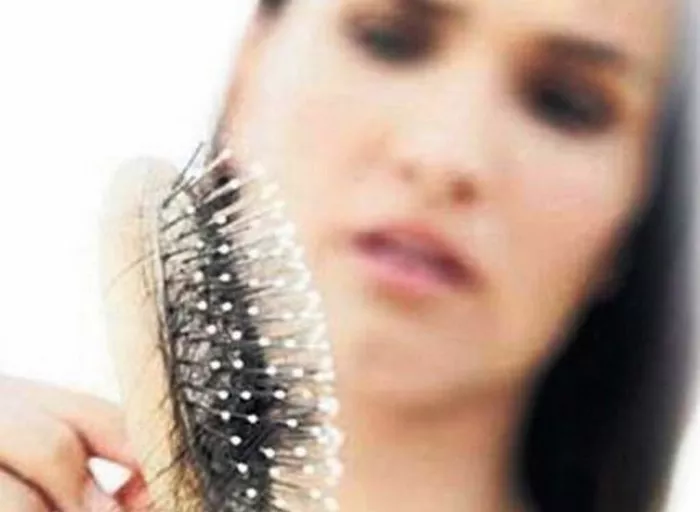Hair loss is a common concern that affects millions of individuals worldwide. While there are various factors contributing to this issue, one intriguing avenue that has gained attention is the potential link between exercise and hair loss. Could engaging in regular physical activity actually play a role in maintaining healthy hair? In this article, we will delve into the connection between exercise and hair loss, exploring the insights provided by experts and studies in this field.
Understanding Hair Loss: A Complex Issue
Hair loss, medically known as alopecia, can be caused by a multitude of factors. Genetics, hormonal imbalances, poor nutrition, and certain medical conditions are among the primary culprits. Before delving into the potential benefits of exercise, it’s essential to comprehend the complexity of hair loss and its underlying causes.
Can Exercise Help with Hair Loss?
Exercise can indirectly support hair health by improving overall blood circulation, which may enhance the delivery of nutrients and oxygen to hair follicles. Regular physical activity also helps manage stress, a potential contributor to hair loss. However, exercise alone is unlikely to completely reverse hair loss caused by genetic factors or hormonal imbalances. A balanced approach, combining exercise with a healthy diet, proper hair care, and medical advice, is recommended for addressing hair loss. If concerned about significant hair loss, consulting a healthcare professional or dermatologist is essential for accurate diagnosis and appropriate treatment.
What Exercise Helps Prevent Hair Loss?
Aerobic exercises like jogging, swimming, cycling, and brisk walking can help improve blood circulation and overall cardiovascular health, potentially benefiting hair follicles by ensuring a better supply of nutrients and oxygen. Additionally, stress-reducing activities like yoga and meditation can indirectly support hair health by lowering stress hormone levels, which may contribute to hair loss. While exercise can be a valuable component of a holistic approach to preventing hair loss, it’s important to address any underlying medical conditions or hormonal imbalances with the guidance of a healthcare professional for more effective results.
Why Exercise Helps Prevent Hair Loss?
Exercise helps prevent hair loss through several mechanisms:
1. Improved Blood Circulation:
Regular physical activity enhances blood flow throughout the body, including the scalp. This increased circulation ensures that hair follicles receive a sufficient supply of nutrients, oxygen, and hormones necessary for healthy hair growth.
2. Reduced Stress:
Exercise is known to reduce stress and promote the release of endorphins, which are “feel-good” hormones. High stress levels can contribute to hair loss, particularly a condition called telogen effluvium, where stress pushes hair follicles into a resting phase, leading to shedding.
3. Balanced Hormones:
Physical activity helps regulate hormones, such as cortisol, insulin, and testosterone. Hormonal imbalances can contribute to hair loss, especially conditions like androgenetic alopecia (male and female pattern baldness).
4. Enhanced Immune Function:
Regular exercise supports a healthy immune system. Inflammation and autoimmune responses can contribute to hair loss conditions like alopecia areata.
5. Improved Overall Health:
A healthy body promotes healthy hair. Exercise contributes to overall well-being, which can positively impact hair growth and maintenance.
However, it’s important to note that exercise alone might not completely prevent or reverse hair loss caused by genetic factors, medical conditions, or certain medications. A comprehensive approach that includes a balanced diet, proper hair care, stress management, and medical advice when needed is key to addressing hair loss effectively.
See Also: How to Prevent Hair Loss When Dieting: Essential Tips
How much exercise in a day is better?
Engaging in at least 30 minutes of moderate-intensity aerobic exercise on most days of the week is generally recommended for adults to maintain overall health. Therefore, aiming for 100 minutes of exercise spread across the week (e.g., 30 minutes for 3-4 days) can be a beneficial goal.
However, it’s essential to tailor your exercise routine to your individual fitness level, any existing health conditions, and your goals. Always listen to your body and consult a healthcare professional before starting a new exercise regimen, especially if you have any concerns or underlying health issues.
In Conclusion
While exercise shows promise in potentially supporting hair health, it’s important to approach the topic with a well-rounded perspective. There’s no one-size-fits-all solution for hair loss, and genetics and underlying medical conditions still play a significant role. However, incorporating regular exercise into your lifestyle can have various positive effects on your overall well-being, which might indirectly contribute to hair health.
In summary, while exercise isn’t a guaranteed remedy for hair loss, it could play a positive role in maintaining a healthy scalp environment, managing stress, and promoting overall well-being. So lace up those sneakers and consider adding a dose of physical activity to your daily routine—it might just have more benefits than you anticipated.


